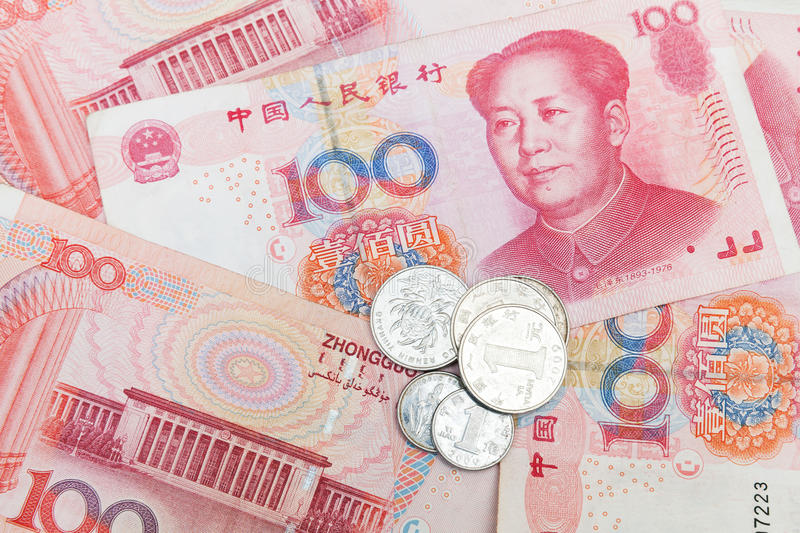China’s yuan inched up against the U.S. dollar on Monday, May 28, despite a much lower midpont for the local currency, mainly as corporate clients cut long dollar positions on the view policy makers will keep the yuan stable this year.
Prior to market opening on Monday, the People’s Bank of China lowered the midpoint rate to 6.3962 per dollar, the lowest since Jan.23, 95 pips or 0.15 percent weaker than the previous fix at 6.3867i
In the spot market, the onshore yuan opened at 6.3907 per dollar and was changing hands at 6.3902 at midday, 15 pips firmer than previous late session close and 0.09 percent stronger than the midpoint. While most emerging market currencies suffered in the wake of the dollar rally, an analyst at a major Chinese bank said the yuan showed some resilience as domestic firms and individuals were convinced weakness in the yuan would be short-lived.
“Many investors believe that the policy makers prefer a stronger exchange rate given the current complexity in the domestic and external situations, and such thinking discouraged them from shorting the yuan,” the analyst said.
That thinking has been informed by how policy makers have guided the yuan fixing up 2.2 percent year-to-date even as the dollar has gained about 2 percent in that period against a basket of major currencies. Moreover, for this month the dollar is up 2.3 percent so far, but the spot yuan rate has only fallen 0.9 percent.
Traders also noted that trading was thin on Monday morning with the spot rate moving in a range of less than 50 pips. Trading volume was at $8.042 billion by midday, compared with full-day volume of $23.342 billion last Friday.
In Monday’s Asian session, the dollar eased against its major trading partners with the euro crawling off a 6-1/2-month low, catching its breath after Italy’s president tried to allay investor worries about political unrest in the country.
The Chinese currency weakened 0.23 percent versus the greenback last week, and fell 0.26 percent on a trade-weighted basis against a basket of its trading partners’ currencies, according to official data from the China Foreign Exchange Trade System (CFETS).
he index, published on a weekly and monthly basis, stood at 97.63 last Friday, CFETS said on its website. Market watchers said the government appears comfortable with the yuan swinging in a wide range on the index with an upper end at 98 for now.
The Thomson Reuters/HKEX Global CNH index, which tracks the offshore yuan against a basket of currencies on a daily basis, stood at 98.39, weaker than the previous day’s 98.43. The offshore yuan was trading 0.10 percent firmer than the onshore spot at 6.384 per dollar.













